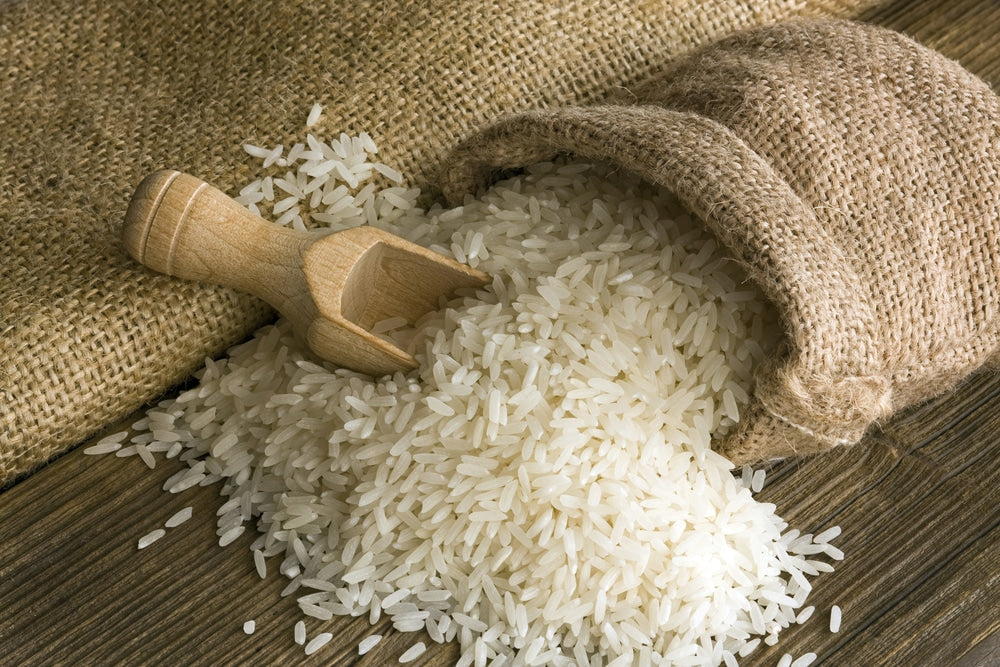
Is White Rice Actually Better Than Brown Rice?
It’s hard to believe that a food as basic as rice could become the source of controversy and confusion.
But it has. And it’s time to clear things up.
There are two big questions about rice that we need to resolve:
1. Is it okay to eat rice at all?
2. If you do eat rice, what kind is best?
Since rice is an ancient dietary staple in much of the world, saying it’s unhealthy to consume any rice ever strikes a lot of people as too extreme.
And I want to be fair to this swamp grass, which has been passed around family tables and helped keep tummies full for generations.
I’m not a fan of rice because it’s basically a starchy, not-very-nutritious food that’s just isn’t an ideal thing to fill your body with. There are so many nutrient-dense foods to eat regularly for optimal health that when you’re doing things right, you won’t have much room for rice.
On the other hand, rice isn’t as bad as wheat or a number of other grains. It’s gluten free, and for now, the rice that’s sold for consumption isn’t genetically modified. (But research into GM rice crops is underway, so, unfortunately, this could change soon.)
My advice is to avoid rice in general in favor of better foods like veggies, fruits, healthy meats, and so on. Avoid it especially if you’re trying to lose weight (since it’s a source of relatively empty calories) or if you have elevated blood glucose.
But if you’re in good health, lead an active life, and eat well most of the time, having a moderate amount of rice once in a while (along with other healthy foods) won’t harm you.
So then the question is: What kind of rice is best?
This is where I’m going to go against the grain.
My answer?
White!
Surprised?
You may have heard that all white foods are bad—that you should avoid white bread, white potatoes, white pasta, white sugar, etc.
Most of that stuff is bad (although brown sugar and whole wheat breads and pastas are just as much of a menace as the white varieties).
But rice is different.
Sure, brown rice is less processed than white. It still has the bran layer, so it’s higher in fiber and minerals than white rice. Sounds healthier, right?
The problem is, that bran layer contains phytic acid, which is an anti-nutrient that blocks the absorption of minerals in the gut. Translation: The extra minerals in brown rice don’t do us any good.
And do you remember a while back there were a bunch of news reports about high arsenic levels in rice? Well, most of that arsenic is in the bran layer. So white rice has significantly less arsenic than brown.
Oh, and what about the fact that brown rice has more fiber? The truth is, rice just isn’t that great a source of fiber anyway, and you should eat in such a way that you’re getting plenty of fiber from veggies and fruits.
It’s true that white rice is processed. But one thing you’ll sometimes hear about white rice that isn’t true is that it has been bleached. White rice has not been bleached—it’s simply been polished to the point that all remnants of the bran are removed so the white color underneath emerges.
I hope this clears things up.
There’s no downside to giving up rice—and no good reason to eat it. But if it’s important to you, choose white rice as an occasional add-on to healthy meals.
Keep Thinking Big & Living Bold!







